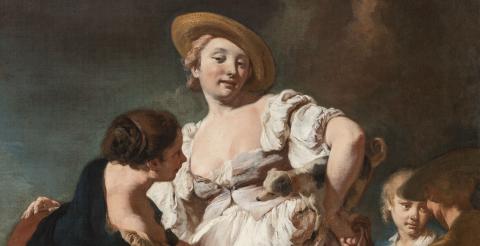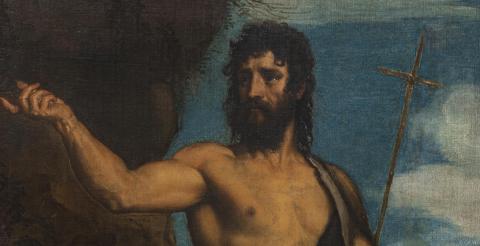Ritsue Mishima at the Gallerie dell’Accademia
By Michele Tavola
The exhibition 'Ritsue Mishima - Glass works' initially scheduled to run until 30 October 2022, will be extended until Sunday 27 November 2022
Extended until November 27 2022
“My glass is transparent and colorless, it captures and frees the light and colors that surround it.” In these few words, Ritsue Mishima sums up the meaning of her art. More than from the forms’ plastic values, more than from the objects in themselves and the material with which they are made, the ultimate meaning of Mishima’s research emerges from the luminous aura surrounding her works. Glass that is carefully chosen and treated with a personal technique developed and refined in the Murano furnaces over decades is the tool used to create the atmospheres, the spatial perceptions, and the environmental sensations that constitute the essence of her work. The unique aesthetic effects obtained are the result of the encounter of her native culture and the Venetian glass-making tradition.
The pieces presented at the Gallerie dell’Accademia establish a close and intimate dialog with the works in the permanent collection and the spaces in which they are exhibited. First of all and most of all, Mishima’s first and foremost interlocutor is Antonio Canova, the bicentennial of whose death is being celebrated this year. The exhibition itinerary opens with the nine small Meteorites in silver glass placed just below the plaster casts of the four funerary steles dedicated to Giovanni Falier, Willem George d’Orange, Alexandre de Souza, and Giovanni Volpato. The grainy, undulating, and irregular surface of the Meteorites, rendered reflective by the silver-plating process, interacts with the whiteness of the plaster casts intentionally amplifying the brightness of the space the viewer crosses.
In the intimacy of room 10 the references to the Possagno master’s work become even more explicit. With her Wrestlers, Mishima pays tribute to Canova’s terra-cottas displayed in the elegant showcase designed by Carlo Scarpa, works that were sculpted on the same subject in 1775 and inspired by an ancient group conserved at the Uffizi. A plaster cast from Abbot Filippo Farsetti’s famous collection, it too depicting the Wrestlers, is exhibited in the same room and enriches the contrast. The composition created by the Japanese artist presents two distinct elements, worked separately in blown glass and hot wrapped by glass cords. The two abstract forms overlap and intertwine, unequivocally and powerfully evoking the bodies inextricably bound in the match seen in the classical model.
Making a highly symbolical gesture, the artist wanted some of her works (Wind, Ark of Light, and two versions of Cell) to be shown in the Tablinum, which, in addition to several plaster casts by Canova, among which mention must be made of the Creugante, Madame Letizia Bonaparte, and the Bust of Leopoldo Cicognara, conserves the commemorative monument designed by Giuseppe Borsato in which the great sculptor’s right hand has long been preserved. The dialog with the authors of the past encountered at the Gallerie dell’Accademia does not end with Canova but continues with Palladio. In the well of his awesome ovate staircase, suspended in the void, the Column of Light extends for eight meters twenty composed of ninety rounded elements that are similar to one another yet unique. Finally, in the atrium in front of the monumental Palladian courtyard, a long methacrylate table with a mirrored surface hosts around fifteen sculptures that reflect and multiply their image in the support on which they rest. Although the pieces are autonomous, the spectacular optical effect of the whole suggests reading this theory of works as a single, fascinating, and hypnotic installation.








